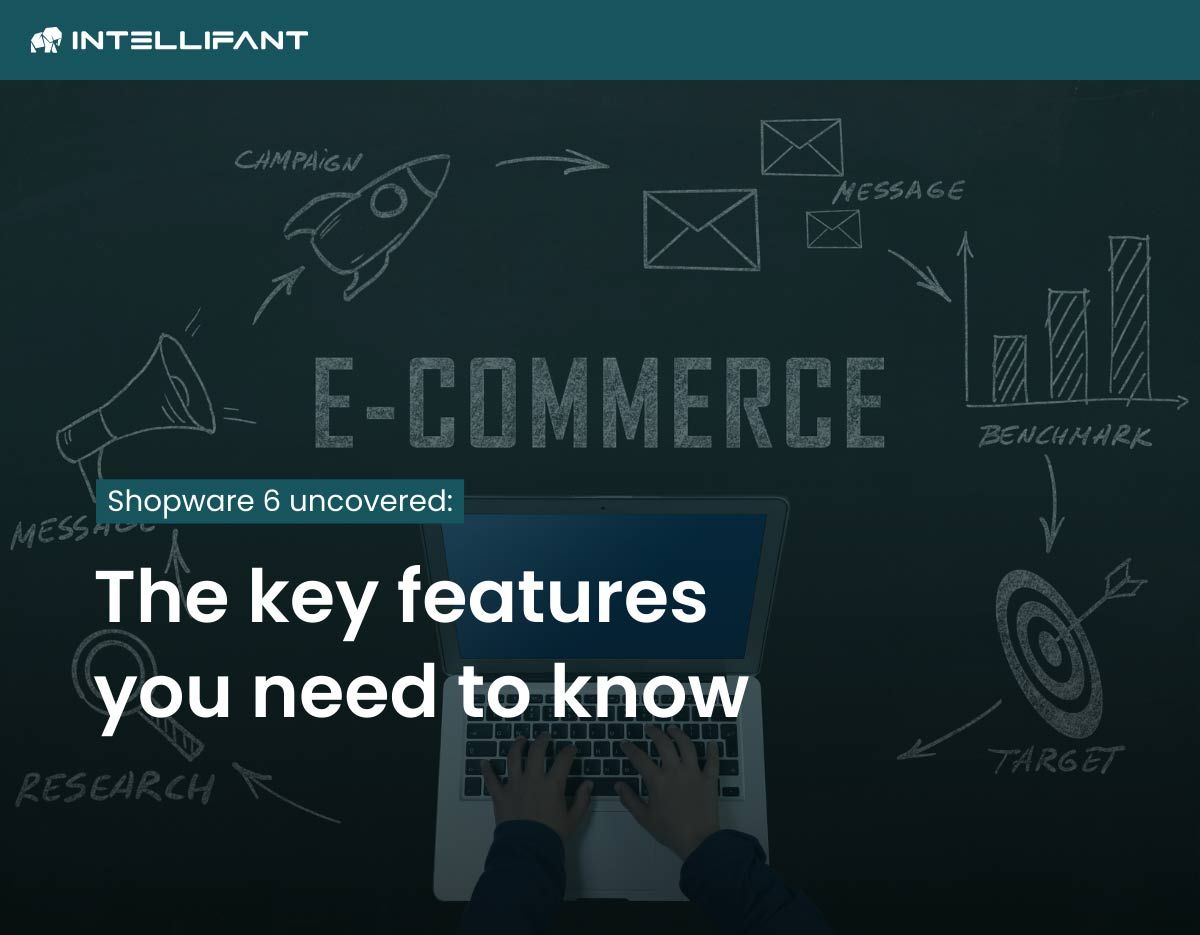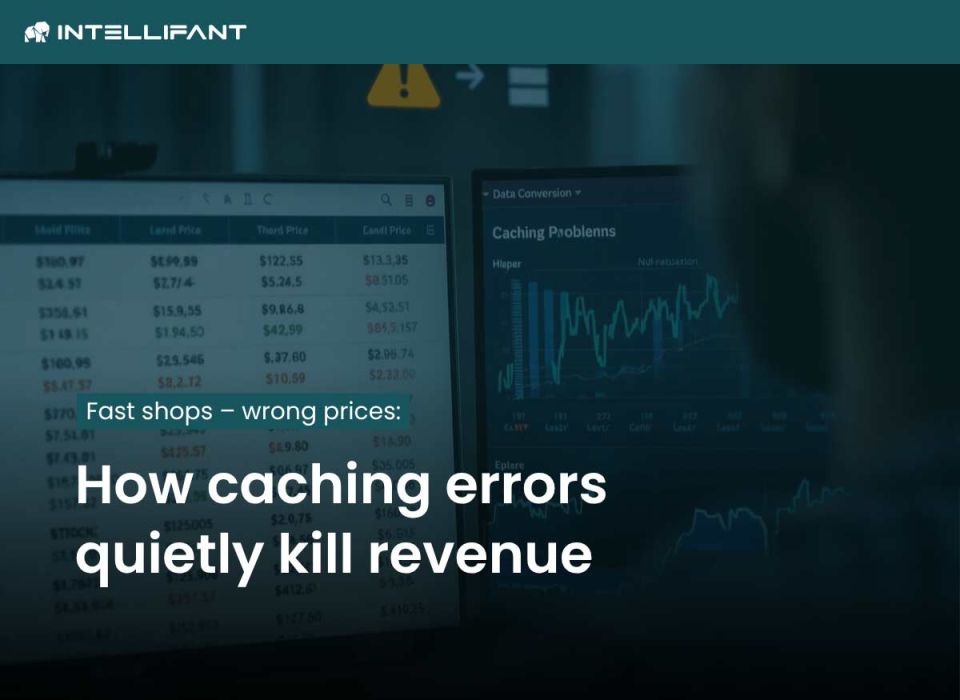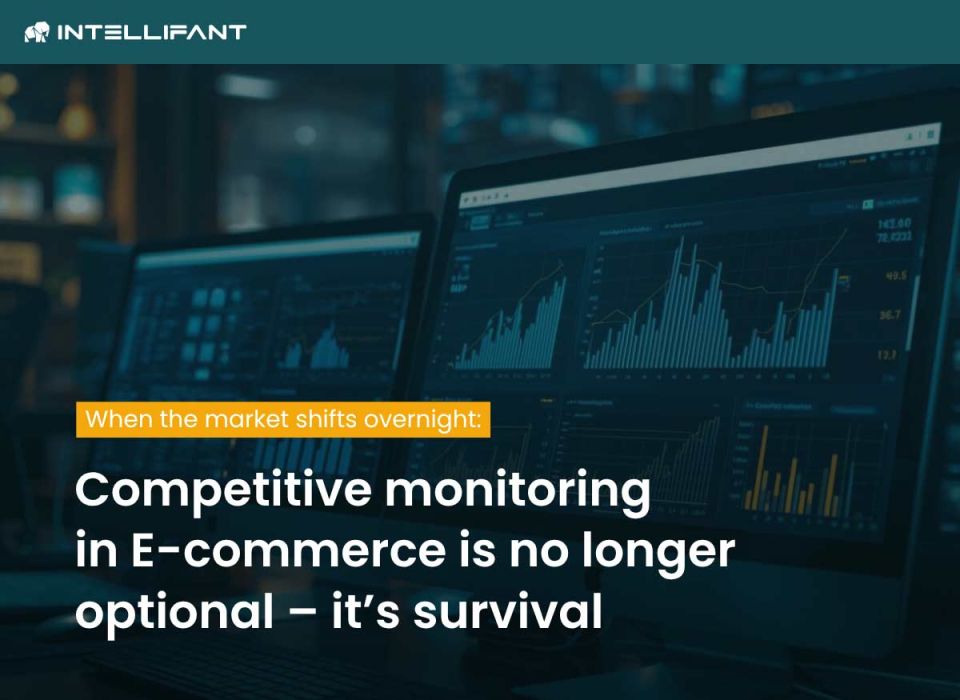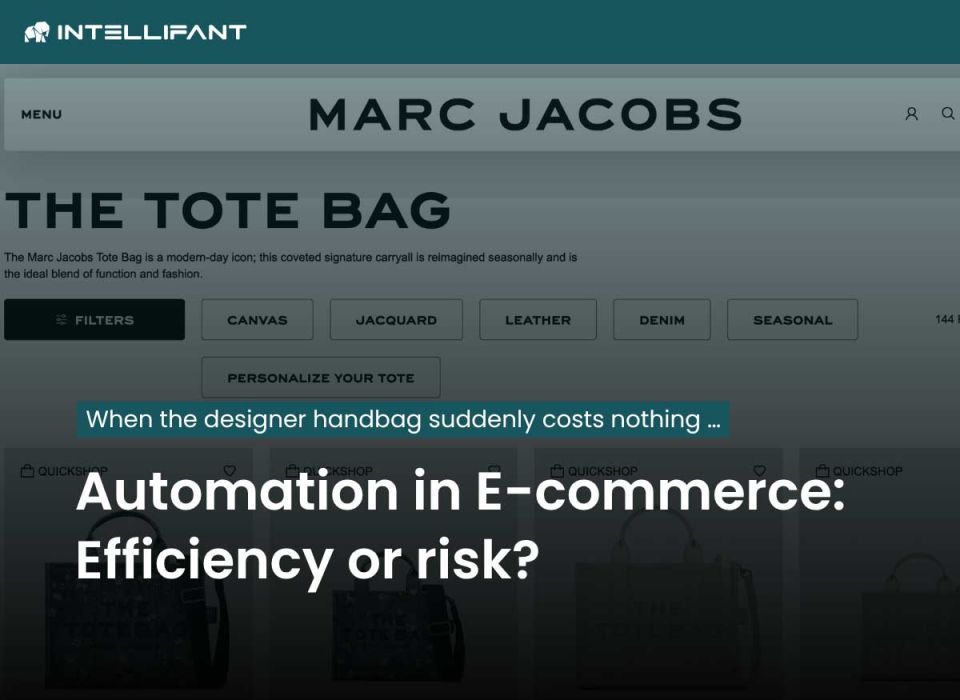What can Shopware 6 do – and what can't it do (yet)?
A study by EHI shows that 12 per cent of the top 1,000 e-commerce shops in Germany rely on Shopware (versions 5 and 6) – more often than on Magento or other systems.
This makes Shopware the market leader in German-speaking countries, while platforms such as Magento continue to dominate internationally.
At the same time, Shopware 6 is increasingly gaining market share beyond the DACH region.
There are reasons for its popularity: Shopware 6 combines modern technology with a high degree of flexibility. But which features stand out – and where are the clear limitations?
1. What can Shopware 6 do on a technical level?
The platform is based on modern technologies such as the Symfony Framework (a software development kit that enables fast and stable applications) and Vue.js (a technology for dynamic, user-friendly interfaces). This ensures high speed, flexibility and easy expandability.
The so-called API-first architecture means that Shopware 6 is designed in such a way that it can be easily connected to other systems via interfaces.
A key feature is the Rule Builder: this allows retailers to set their own rules, for example for discounts, shipping costs or special customer promotions – without any programming knowledge. This makes Shopware 6 extremely adaptable.
2. CMS functions: What does Shopware 6 do particularly well here?
The Shopware 6 experience worlds make it possible to seamlessly combine content and sales. Retailers can not only create classic product pages, but also campaign or landing pages that tell a story – with images, texts and videos that appeal to customers on an emotional level.
What makes this special is that no additional CMS such as WordPress or Typo3 is required, as Shopware 6 integrates these functions directly. This turns the online shop itself into an experience platform that conveys the brand and creates incentives to buy.
3. What can Shopware 6 do in the omnichannel area?
Thanks to REST API and numerous integrations, Shopware 6 is ideally prepared for multi-channel retail.
REST API means that the shop has a standardised interface through which it can communicate with other systems – for example, with an enterprise resource planning (ERP) system, a POS system or a CRM system. This allows stocks, prices and customer data to be automatically synchronised without the need for manual reworking.
This not only allows multiple sales channels to be used in parallel, but also enables genuine omnichannel scenarios to be mapped: customers can order online and pick up in-store (‘click & collect’) or return an item to the shop even though the purchase was made online.
This capability is one of the biggest advantages of Shopware 6, especially for retailers with multiple sales channels.
4. Which features are relevant for B2B?
Shopware 6 also offers specific functions for B2B retailers that go beyond classic multi-channel:
- Individual pricing for different customer groups
- Customer group management for differentiated offers
- Order templates for recurring orders
- Extensions through plugins, for example for retailer portals or complex B2B workflows
Shopware 6 has thus positioned itself not only as a platform for end customer shops, but also as a solution for digital wholesale and medium-sized businesses.
5. Limitations: What is not (yet) possible with Shopware 6?
Despite all its strengths, there are clear limitations:
- Complex variant models (many SKUs with countless combinations) are not yet optimally represented.
- Internationalisation: Some language packs have to be supplemented with community plugins, as they are still missing in the standard version.
- Out-of-the-box integrations: Plugins or in-house developments are usually required for deep ERP connections or returns management.
- Early warning systems for operational deviations in order intake are missing in the standard version – here, an extension such as INTELLIFANT offers meaningful added value.
6. What has the community feedback been like so far?
The roadmap for Shopware 6 includes the expansion of multi-shop capability, performance improvements and optimised usability.
The community feedback has been overwhelmingly positive so far, with particular emphasis on flexibility, user-friendliness and the active plugin community. Plugins and themes enable a high degree of customisation, with continuous updates for long-term scalability.
Summary: Shopware 6 as a long-term platform decision
So what does Shopware 6 do really well?
- Modern technical basis with Symfony, Vue.js and API-first
- Experience worlds for storytelling and content commerce
- Omnichannel capability with REST API and integrations
- B2B features such as individual prices and customer groups
What can Shopware 6 not (yet) do?
- Very complex variants
- International roll-outs out-of-the-box
- Automatic anomaly detection
This makes Shopware 6 a future-proof, highly flexible platform – but retailers must be prepared to invest in integrations and specialised tools such as INTELLIFANT if they want to achieve operational stability and full functionality.
#ecommerce #earlywarning system #shopware6features #technology #flexibility





